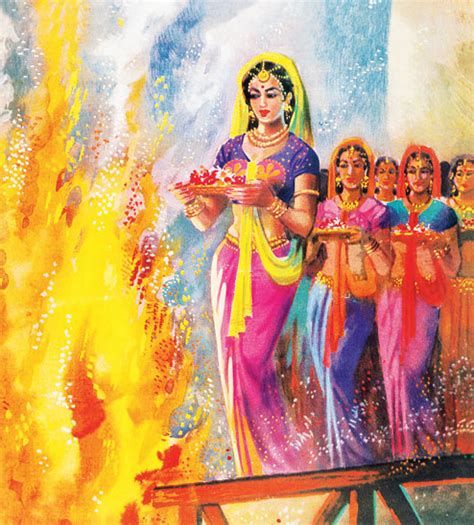A Test Fire: The Siege Of Chittorgarh
Apr 13, 2019 • 13 views
In the 1560s, the Mughals had started to face the challenges posed to their supremacy by the Rajputs. The Rajputana was a region around Rajasthan, which had many small and big Rajput autonomous kingdoms, each ruled by a brave and valiant king of the Rajput lineage. Akbar defeated the smaller kingdoms in wars and made alliances with the stronger ones in order to consolidate his position in the region. However, Mewar refused to accept the supremacy of the Mughals and this made a clash between the Mughals and the Mewaris inevitable.
In 1567, Mewar was ruled by Rana Udai Singh who was the son of Rana Sangram Singh. When he criticised the rulers of Malwa and Jaipur for accepting the supremacy of Akbar, he invited the wrath of Akbar. Moreover, Mewar controlled the route of trade from Gujarat to Delhi as well as the route to Deccan. Hence, this autonomous region was creating a hindrance in his campaigns and trade. In August 1567, Akbar left his capital with a small army for Ajmer Sharif.
However, the Mughal armies from the adjoining areas soon joined him and he reached Chittorgarh, the capital of Mewar by November 1567. The Chittorgarh was about 7 km long and more than 1 km wide, which made it one of the most powerful forts in India. It was surrounded by high terrains from North, East and West and an attack was possible only from the South—the direction in which Akbar was waiting with his forces. While inside the fort, the War Council of Udai Singh unanimously agreed to fight the Mughals, but at the same time they advised Rana Udai Singh to leave Chittorgarh with the Royal Family.
Udai Singh left the fort and retreated to the hills, where he later founded the city of Udaipur. In the absence of Udai Singh, Jaimal Rathore was commanding the Rajput forces. He was a brave warrior and an able general. He was the ruler of Merta and was able to keep Akbar fooled for quite a long time. In fact, when Akbar attacked the fort for the first time in mid November, he suffered heavy casualties and had to retreat. Since the artillery was deployed at a long distance, they couldn't be used to attack the fort walls—the walls were out of range. Also, the Rajputs were checking any military advance from inside the fort, carrying out heavy casualties on the Mughal Army.

After the seventh failed attack on Chittorgarh, Akbar was frustrated and decided to change the tactics. He dug a ditch about 10 feet deep and 15 feet wide to move his artillery close to the fort walls without the Rajputs knowing about it. He also deployed two mines with about 4 tonnes of explosives which were to be detonated successively at the foundation of the fort walls, thereby breaking it. However, when the first mine was detonated, the second one was triggered by its shock and this brought a huge self damage to the Mughal army. Several Mughal Generals, having family relations with Akbar died at the spot which rose his frustration to a whole new level—he knew he couldn't win, but didn't retreat.
It was 22 February 1568 and Akbar was away from Agra since 7 long months. The Mughal forces were tired by now and wanted to retreat. But Akbar carried out his regular checks and meetings and then took his musket for repairs in the evening. The musket, known as Sangram was a dear weapon of Akbar for his hunting occasions. He stood on the observation platform and saw a man on the fort walls who was instructing the soldiers. Akbar took the aim for test, and fired—the man fell.

The man, Jaimal Rathore was dead. His death left the Rajputs leaderless and they decided to die fighting for Chittorgarh. About 300 Rajput women committed Jauhar and the warriors prepared themselves in Saffron clothes and Tulsi leaves to fight the Turks. On 23 February, the gates of Chittorgarh were opened and the Rajputs charged under the command of Patta Singh Sisodia, a friend of Jaimal. The Rajputs were already outnumbered, and were defeated in a few hours. Then came the other side of Akbar “The Great”.
After the Mughal victory, Akbar entered the fort and looked out for Rana Udai Singh. On not finding him, he ordered the slaughter of 30000 civilians inside the fort. He also boasted of this act of his and damaged the buildings inside the Fort of Chittor, including the temples. This act of Akbar enraged Rana Udai Singh and he vowed to take the fight to a new level with the Mughals.
All this happened, just because of a successful test fire of a musket.
